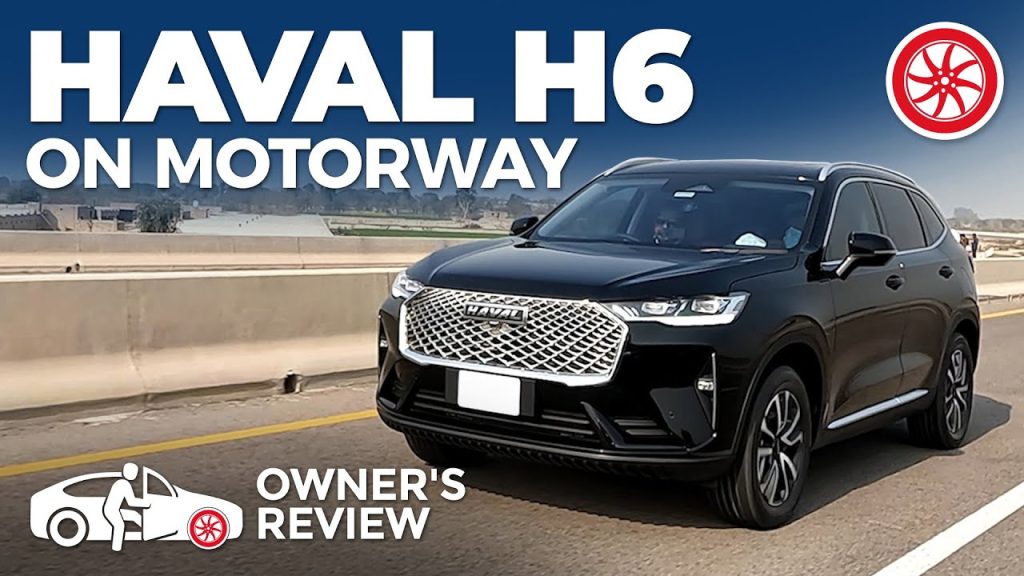

**Comparison of Haval H6 HEV and Hyundai Tucson HEV: Chinese vs. Korean Hybrid SUVs**
As the automotive sector worldwide undergoes a transition towards electrification, hybrid electric vehicles (HEVs) have become a favored option for buyers seeking a compromise between fuel economy and performance. Among the expanding range of hybrid SUVs, the Haval H6 HEV from China and the Hyundai Tucson HEV from South Korea emerge as prominent players in the compact SUV category. This article presents an in-depth comparison of these two hybrid vehicles, analyzing their design, performance, technology, safety, and overall value.
—
### 1. **Overview**
**Haval H6 HEV**
– Manufacturer: Great Wall Motors (China)
– Segment: Compact SUV
– Powertrain: 1.5L turbocharged engine + electric motor
– Market: Mainly Asia-Pacific, with increasing presence in global markets
**Hyundai Tucson HEV**
– Manufacturer: Hyundai Motor Company (South Korea)
– Segment: Compact SUV
– Powertrain: 1.6L turbocharged engine + electric motor
– Market: Global, encompassing North America, Europe, and Asia
—
### 2. **Exterior and Design**
**Haval H6 HEV**
The Haval H6 HEV showcases a striking and modern design, featuring a prominent front grille, sleek LED headlights, and a sharply contoured body. The design is bold and contemporary, intended to appeal to a younger audience. The HEV model incorporates blue highlights and aerodynamic improvements to set it apart from its gasoline counterparts.
**Hyundai Tucson HEV**
The Tucson HEV showcases Hyundai’s “Parametric Dynamics” design principle, characterized by sharp lines, concealed LED daytime running lights, and a unique grille. Its aesthetics are more polished and sophisticated, catering to a wider demographic. The styling of the Tucson has been commended for its upscale appearance and ambiance.
**Verdict**: Both SUVs are visually appealing, but the Tucson HEV leans towards sophistication and refinement, while the Haval H6 HEV presents a bolder and more forward-looking design.
—
### 3. **Interior and Comfort**
**Haval H6 HEV**
Within, the H6 HEV provides a tech-savvy environment featuring a 12.3-inch digital dashboard, an expansive touchscreen infotainment system, and a streamlined dashboard design. The materials used are generally high-quality, with soft-touch finishes and leather seating in higher versions. Rear passenger space is ample, and the cargo capacity is competitive.
**Hyundai Tucson HEV**
The Tucson HEV offers an elegantly crafted interior with a 10.25-inch digital display and a comparably sized infotainment screen. It boasts a tidy, user-friendly layout embellished with premium materials and ambient illumination. Hyundai’s meticulous attention to detail and user ergonomics is clear, and the Tucson also provides significant passenger and cargo space.
**Verdict**: Both vehicles present modern, cozy interiors, but the Tucson HEV gains an edge with its enhanced fit and finish and more user-friendly interface.
—
### 4. **Performance and Efficiency**
**Haval H6 HEV**
– Engine: 1.5L turbocharged inline-4 + electric motor
– Combined Output: ~243 hp and 530 Nm torque
– Transmission: Dedicated Hybrid Transmission (DHT)
– Fuel Economy: Approx. 5.2–5.5 L/100km (depends on market)
**Hyundai Tucson HEV**
– Engine: 1.6L turbocharged inline-4 + electric motor
– Combined Output: ~226 hp and 350 Nm torque
– Transmission: 6-speed automatic
– Fuel Economy: Approx. 6.0–6.3 L/100km (EPA estimates may differ)
**Verdict**: The Haval H6 HEV delivers greater power and torque, which results in improved acceleration. However, the Tucson HEV offers a more seamless and refined driving experience with marginally superior real-world fuel efficiency in certain markets.
—
### 5. **Technology and Infotainment**
**Haval H6 HEV**
– Infotainment: 12.3-inch touchscreen with Apple CarPlay and Android Auto
– Features: Wireless charging, 360-degree camera, voice command, over-the-air updates
– Driver Aids: Adaptive cruise control, lane-keeping assistance, blind-spot monitoring
**Hyundai Tucson HEV**
– Infotainment: 10.25-inch touchscreen with Apple CarPlay and Android Auto
– Features: Bose premium audio system, wireless charging, digital key, BlueLink connectivity
– Driver Aids: Smart cruise control, lane-following assist, highway driving assistance
**Verdict**: Both SUVs come well-equipped with modern technology, but Hyundai’s system is more refined and provides superior integration with connected services and driver assistance technologies.
—
### 6. **Safety**






